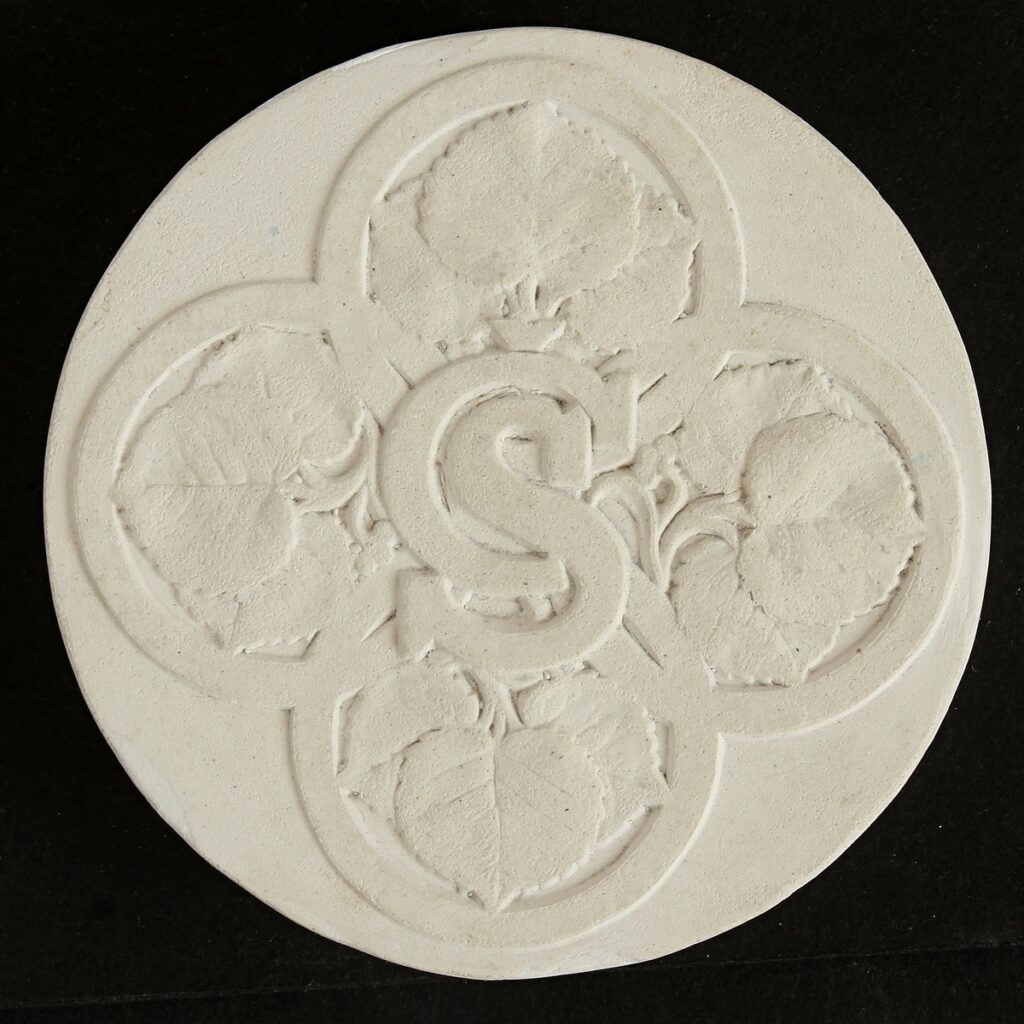
02 František Kupka - Emil Purghart, Draft of Czechoslovak War Cross, 1918, plaster
Fotogalerie
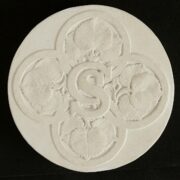
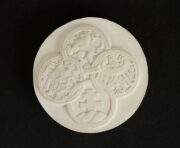
In the autumn of 1918, the Provisional Government of Czechoslovakia in Paris approved the form of the decoration to be awarded to the battalions of the Czechoslovak revolutionary troops and also to the members of the Allied armies fighting alongside the Czechoslovak foreign troops between 1914 and 1918. The author of the design was Czech painter Frantisek Kupka. Based on his design, Czech painter Emil Purghart created a plaster model for minting. This artist is also known as the co-author of the design of the combined legionary emblem (in collaboration with Ludvik Strimple).
Frantisek Kupka and Emil Purghart shared a very similar fate. Like Kupka, Purghart lived and worked in Paris before WWI. In the summer of 1918, they both joined the 21st Czechoslovak Rifle Regiment of the Czechoslovak Legion in France. They knew each other well from the past, so working together on military symbols was not a problem for either of them. After his return to Czechoslovakia, Emil Purghart did not officially pursue his career as artist. He worked at the Ministry of Foreign Affairs as head of the press service. Frantisek Kupka returned to France after a short stay in Prague.
Aktuálně

Prosinec 1944 – oficiální vydání prvních poštovních známek osvobozeného Československa

Českoslovenští zdravotníci ve válce v Zálivu
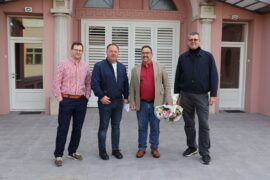
Výzkum u českých krajanů v Chorvatsku
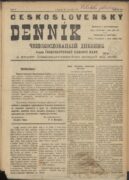
Československý deník sehrál v životě legionářů v Rusku velmi důležitou roli. Poprvé vyšel v prosinci 1917








